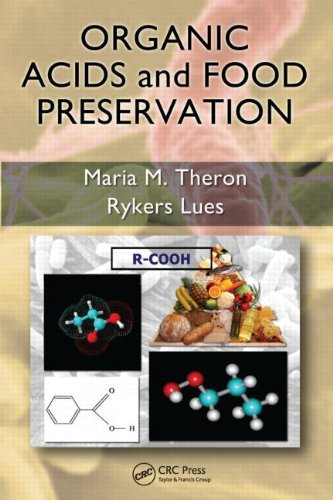

Most ebook files are in PDF format, so you can easily read them using various software such as Foxit Reader or directly on the Google Chrome browser.
Some ebook files are released by publishers in other formats such as .awz, .mobi, .epub, .fb2, etc. You may need to install specific software to read these formats on mobile/PC, such as Calibre.
Please read the tutorial at this link: https://ebookbell.com/faq
We offer FREE conversion to the popular formats you request; however, this may take some time. Therefore, right after payment, please email us, and we will try to provide the service as quickly as possible.
For some exceptional file formats or broken links (if any), please refrain from opening any disputes. Instead, email us first, and we will try to assist within a maximum of 6 hours.
EbookBell Team

4.8
44 reviewsAlthough organic acids have been used to counteract pathogens in food for many years, there is a glaring need to assess and improve their continued effectiveness and sustainability. There is also a growing demand for foods that are produced using milder treatments (e.g., less heat, salt, sugar, and chemicals) and newer technologies to prevent the growth of dangerous bacteria.
Organic Acids and Food Preservation concentrates on safe and effective techniques for applying organic acids to prevention of bacterial growth. Despite the wide range of potentially useful antimicrobials, relatively few are suitable in practice—and this invaluable hands-on guide explains why. With its wealth of information and rare focus solely on the subject, it provides practical tools that can be used in the food industry, various academic disciplines, research, education, and food technology fields to better understand the problem and develop optimal solutions.
To answer these and other key questions, the authors combine research findings from industries and laboratories around the globe, specific application regimen, future prospects, and other information that is vital to the successful use of organic acids as food preservatives. After outlining challenges that the food industry faces from modern consumer trends, food legislation, and other obstacles, this book then explores possible solutions that are applicable not only to food science but to microbiology, food science, food technology, biochemistry, and biotechnology. It will become a valuable addition to the library of any scientist or researcher working in these and other fields.